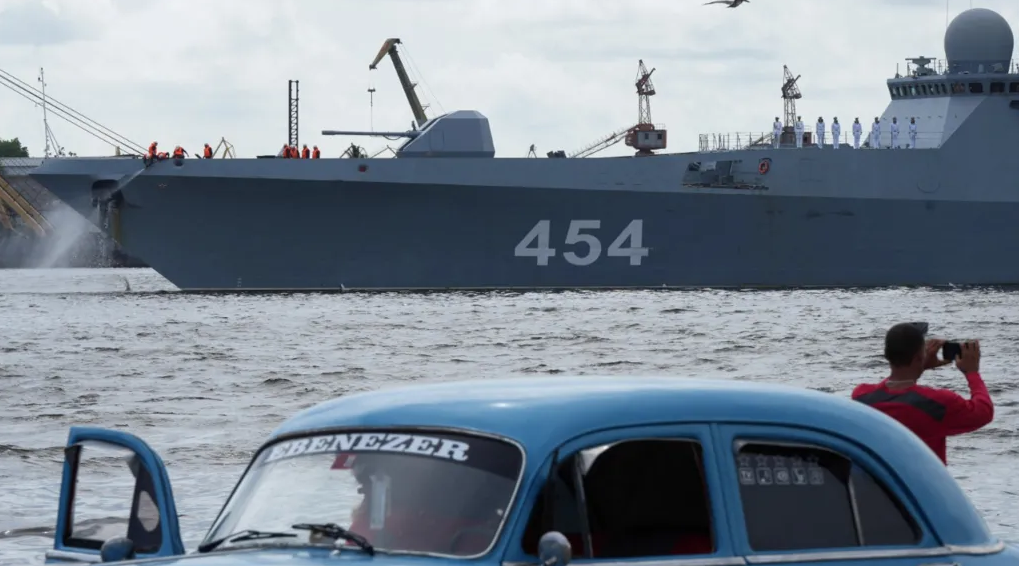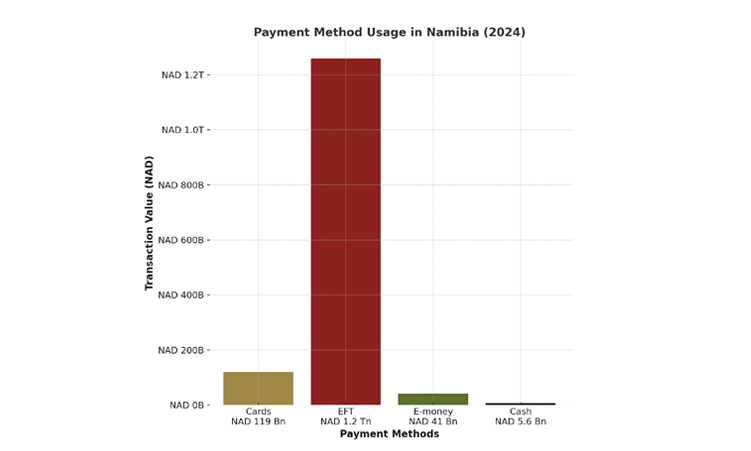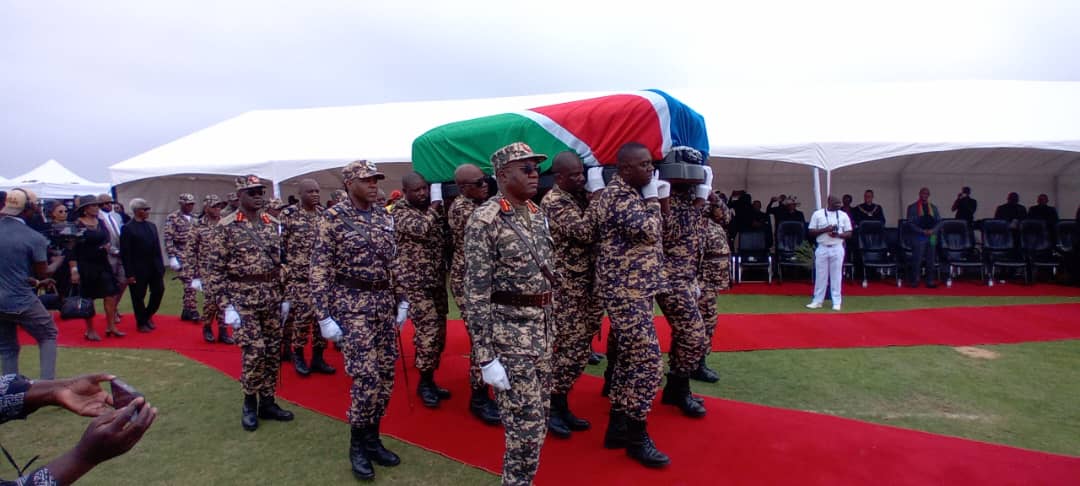A fleet of Russian warships has left the port of Havana after a five-day visit to Cuba, following planned military drills.
The vessels, which included a nuclear-powered submarine and a frigate, had been anchored at Havana Bay – some 90 miles (145km) from the US state of Florida.
The US said it did not see the visit as a threat but added that it was monitoring the vessels closely.
Following the fleet’s arrival, the US docked a submarine, the USS Helena, at its Guantanamo Bay Naval Base in Cuba on Thursday.
Locals waved Russian flags as the Russian vessels left on Monday.
Cuban President Miguel Díaz-Canel visited the frigate – part of the fleet – on Saturday and interacted with the sailors, according to a post by the president on X.
Cuba’s foreign ministry said none of the vessels had nuclear arms on board, and the visit did not pose a threat to the region.
But Russia’s defence ministry said the Admiral Gorshkov frigate and the Kazan submarine were both carriers of advanced weapons, including hypersonic missiles Zircon. They earlier conducted missile drills in the Atlantic.
The visit is an important symbol of support to the communist-run government in Cuba and its socialist ally, Venezuela, where the warships may sail to next after they finish in Havana.
Russia has sent warships to Cuba in the past and the two nations are long-standing allies – but the timing of these particular exercises stands out.
Coming amid growing tensions over Russia’s full-scale invasion of Ukraine in 2022, the operation is being interpreted by some as sabre-rattling by Moscow.
Stay informed with The Namibian – your source for credible journalism. Get in-depth reporting and opinions for
only N$85 a month. Invest in journalism, invest in democracy –
Subscribe Now!










